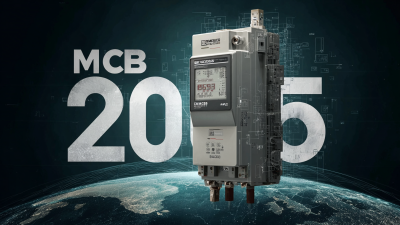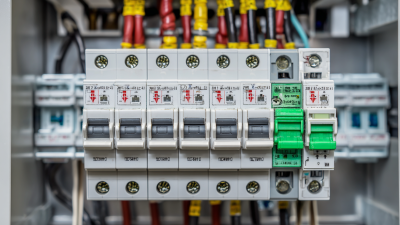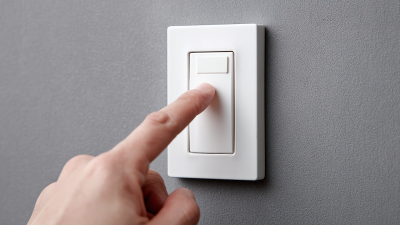Selecting the appropriate Alarm Cable is crucial for ensuring the effectiveness and reliability of your security system. According to a report by the Electronic Security Association, improper wiring accounts for approximately 30% of all system failures, underscoring the importance of using the right cables. The type, gauge, and installation quality of the Alarm Cable can significantly affect the performance of alarm systems, from reducing false alarms to enhancing signal integrity over distances.
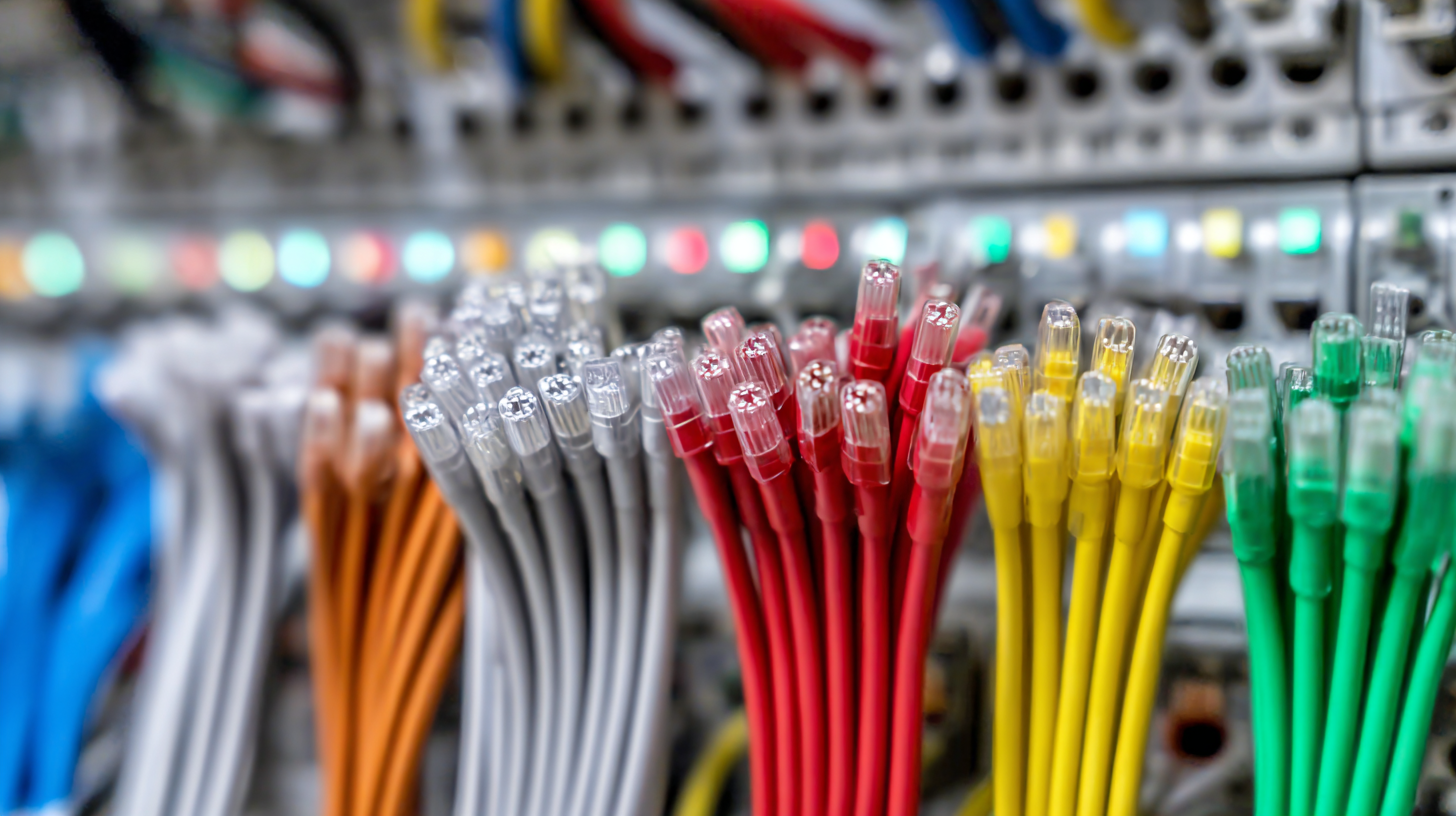
Additionally, data from IHS Markit indicates that the global market for alarm and security cables is projected to grow by 6% annually, reflecting an increasing demand for higher quality and more robust security solutions. Thus, understanding how to choose the right Alarm Cable tailored to specific security needs can lead to more effective protection and peace of mind.
When selecting an alarm cable for optimal security performance, several key factors must be taken into consideration. First and foremost, the cable type plays a critical role; there are various types including coaxial, twisted pair, and fiber optic cables, each suited for different applications and distances. For instance, twisted pair cables are often preferred for short distances due to their resistance to interference, while fiber optic cables are ideal for long-distance transmission and higher data rates.
Another significant factor is the cable's gauge or thickness, which can impact signal strength and overall performance. A thicker gauge cable may reduce resistance and enhance signal transmission, but it can also be more challenging to install. Additionally, environmental conditions should not be overlooked; outdoor installations require cables with weather-resistant insulation, while indoor settings may have more flexibility in cable choice. Lastly, regulatory standards and compatibility with existing systems are essential to ensure the selected cable meets safety and functionality requirements, providing the reliability needed for effective security performance.
| Cable Type | Conductor Material | AWG Gauge | Length Options | Temperature Rating | Usage Environment | Price Range |
|---|---|---|---|---|---|---|
| Solid Alarm Cable | Copper | 18 AWG | 100 ft, 500 ft | -20°C to 75°C | Indoor | $25 - $50 |
| Stranded Alarm Cable | Copper | 20 AWG | 500 ft, 1000 ft | -10°C to 60°C | Indoor/Outdoor | $30 - $70 |
| Low Voltage Alarm Cable | Copper | 22 AWG | 250 ft, 750 ft | -15°C to 60°C | Indoor | $15 - $40 |
| Shielded Alarm Cable | Copper | 16 AWG | 100 ft, 500 ft | -20°C to 75°C | Indoor/Outdoor | $40 - $80 |
When selecting the right alarm cable for your security system, it is crucial to understand the various types available and their specific applications. Alarm cables generally fall into two main categories: unshielded twisted pair (UTP) and shielded twisted pair (STP). UTP cables are highly common due to their cost-effectiveness and sufficient performance in low-interference environments. According to a recent industry report from the Security Industry Association (SIA), UTP cables constitute nearly 70% of the market for alarm installations, particularly in residential and small commercial properties.
On the other hand, STP cables offer better protection against electromagnetic interference and are ideal for use in high-noise environments, such as industrial settings. They are equipped with additional shielding that helps maintain signal integrity, which is vital for systems requiring real-time monitoring. Research from the Electronics Industries Alliance suggests that the demand for STP cables is on the rise, driven by increasing awareness of security vulnerabilities in commercial buildings. Knowing the distinctions between these cable types can greatly enhance the efficacy of your security system, ensuring reliable communication for alarm signals.
When selecting alarm cables, understanding industry standards and regulations is crucial to ensure safety and performance. Various organizations, such as the National Fire Protection Association (NFPA) and the American National Standards Institute (ANSI), set stringent guidelines for alarm cable specifications. These standards cover aspects such as fire resistance, voltage rating, and environmental durability, which significantly impact the reliability and longevity of alarm systems. Compliance with these regulations not only enhances safety but also guarantees that the alarm systems function optimally in critical situations.
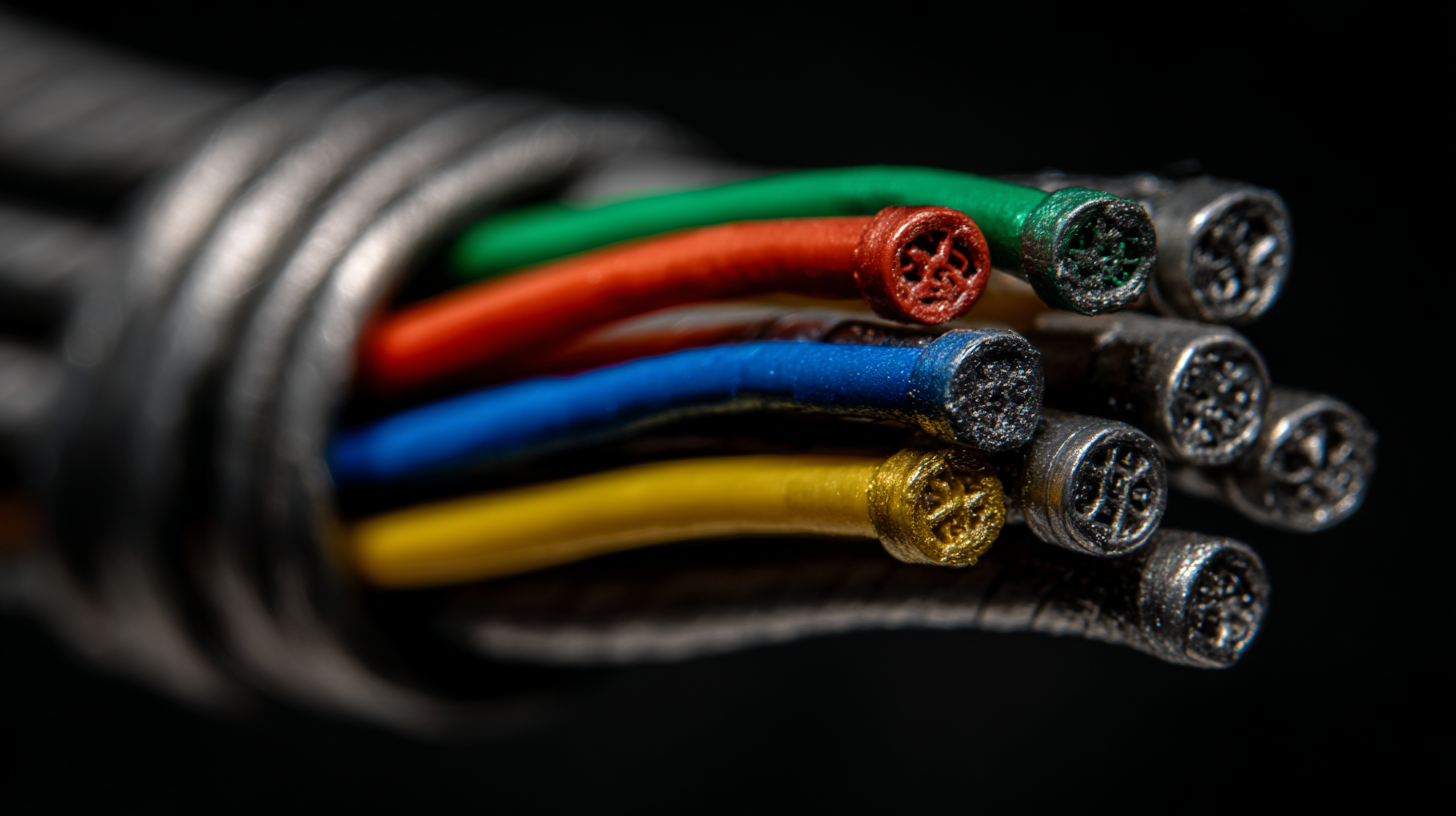
Tips: Always look for cables that meet or exceed the local and national standards applicable to your region. It’s also advisable to consider cables rated for specific environmental conditions, like UV exposure or moisture resistance, depending on the installation location.
Moreover, cable insulation materials, such as PVC or low-smoke zero-halogen (LSZH), play a significant role in fire safety. Opting for cables with higher insulation ratings ensures better protection against electrical faults. Be sure to consult with a qualified professional to select cables that align with the specific requirements of your alarm system while adhering to all relevant codes and standards.
When selecting alarm cables, understanding the environmental conditions that can impact their durability is critical. Factors such as temperature, humidity, and exposure to chemicals can significantly affect the performance and lifespan of the cables. For instance, cables installed in extreme temperatures may experience changes in flexibility and insulation properties, leading to potential failures. Similarly, areas with high humidity levels can facilitate corrosion, particularly if the cables are not adequately shielded.
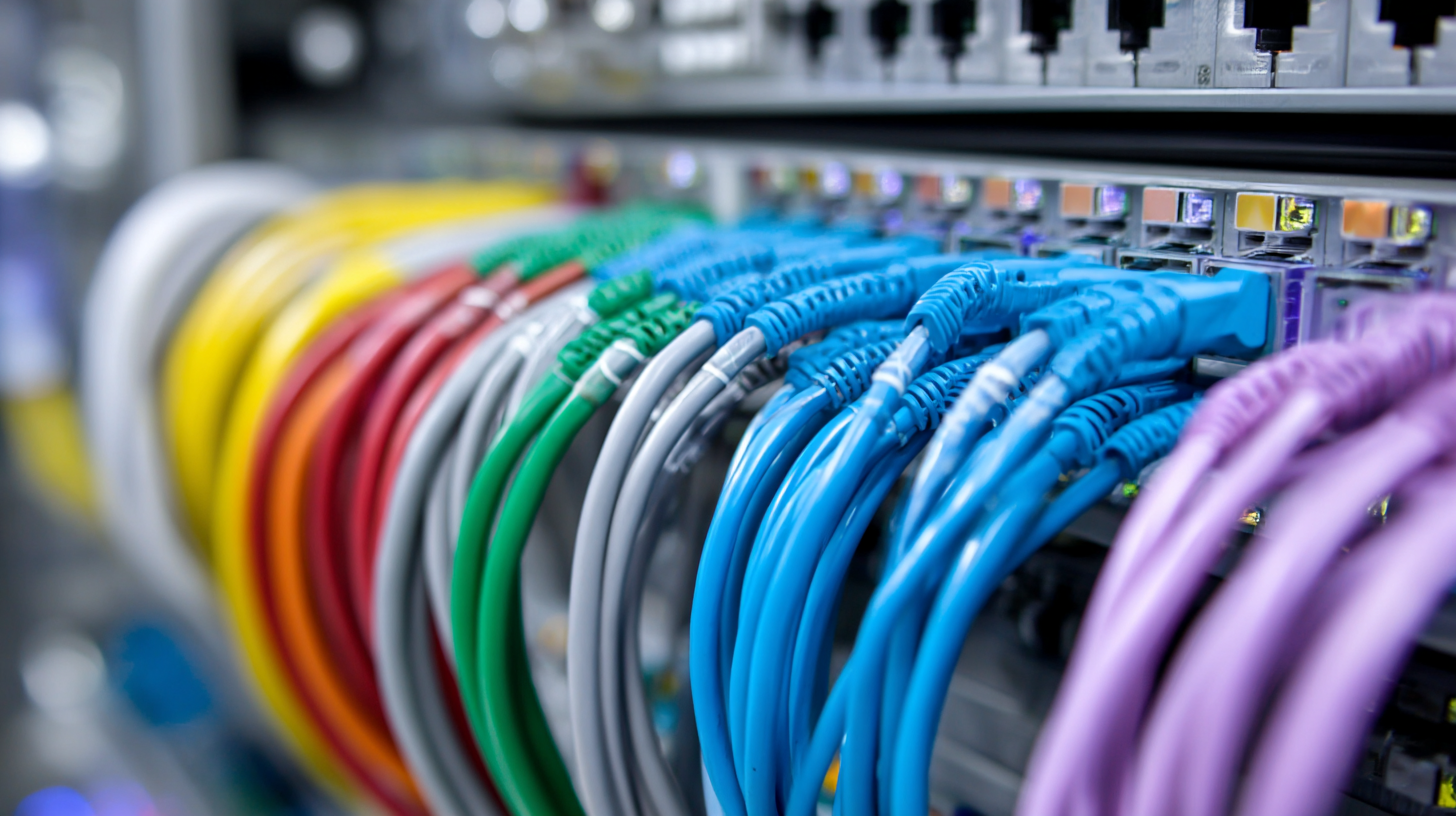
Moreover, the physical environment plays a crucial role in the selection of alarm cables. Outdoor installations must contend with UV exposure and weathering, making UV-resistant and waterproof cabling essential. In contrast, cables intended for indoor use might prioritize fire resistance. Additionally, if the installation site has potential exposure to mechanical stress, such as abrasion or impact, it is advisable to choose cables with robust sheathing to minimize damage. Evaluating these environmental factors ensures that the chosen alarm cable will perform reliably over time, mitigating the risks associated with security system failures.
When selecting the appropriate alarm cable for your security system, a thorough cost-benefit analysis is essential. According to a report by Security Industry Association (SIA), investing in high-quality alarm cables can significantly enhance the reliability of your security system. For example, while standard PVC cables may cost around $0.15 per foot, higher-grade options such as PTFE or stranded cables, priced at approximately $0.30 to $0.50 per foot, offer better insulation and durability. This initial investment can lead to substantial long-term savings by minimizing maintenance needs and potential system failures.
Additionally, a study published by the National Institute of Standards and Technology (NIST) reveals that poor wiring choices can lead to security breaches, indicating that the right cable is crucial for optimal performance. Cost-effective choices often compromise on quality, but businesses should prioritize cables that support appropriate shielding and gauge levels. For instance, using a 22 AWG cable can reduce interference and improve signal integrity for alarm systems, ultimately preventing costly downtime and enhancing overall security. Balancing upfront costs against these potential risks will ensure that your security measures are both economical and effective.


